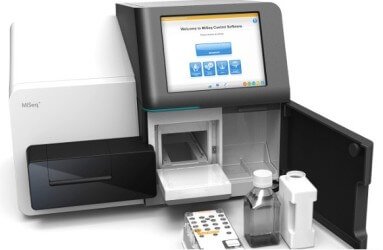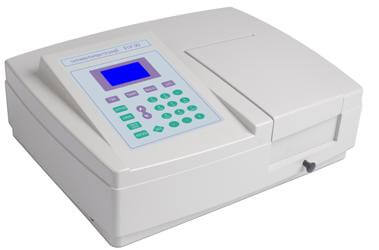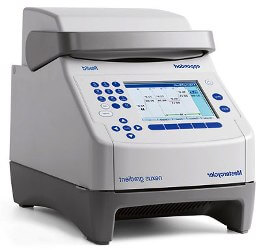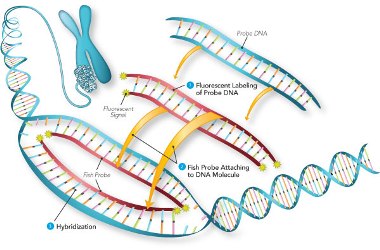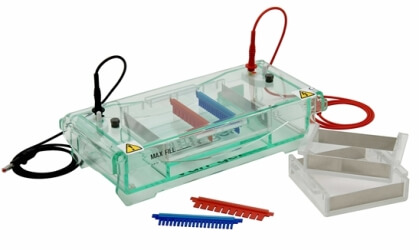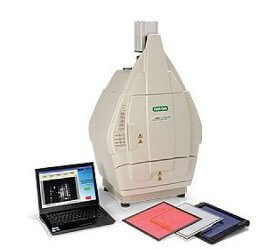Aim of the Project
Autism, MR, LD, Single & Multiple Congenital anomalies, Dementia, Gene Therapy, Stem Cell Therapy
DNA sequencing is the process of reading the nucleotide bases in a DNA molecule. It includes any method or technology that is used to determine the order of the four bases—adenine, guanine, cytosine, and thymine—in a strand of DNA. Knowledge of DNA sequences has become indispensable for basic biological research, and in numerous applied fields such as diagnostic, biotechnology,forensic biology, and biological systematics.
- to determine the sequence of individual genes,
- larger genetic regions (i.e. clusters of genes or operons),
- full chromosomes or entire genomes.
- DNA sequencing may provide the order of nucleotides in DNA or RNA isolated from cells of animals, plants, bacteria, archaea, or virtually any other source of genetic information. The resulting sequences may be used by researchers in molecular biology or genetics to further scientific progress or may be used by medical personnel to make treatment decisions.
Applications
DNA sequencing may be usedIt is a device which measures the absorbance of a solution homogeneous at a wavelength or a given spectral region. It works according to the Beer-Lambert law. In molecular biology , it is used during the extraction of DNA , to quantify DNA and determine its purity. Spectrophotometer has applications in Kinetic analysis of various blood enzymes, alkaline phosphatase assay: cholestasis, lactate dehydrogenase: myocardial infarction, haemolysis.
The polymerase chain reaction (PCR) is a biochemical technology in molecular biology to amplify a single or a few copies of a piece of DNA across several orders of magnitude, generating thousands to millions of copies of a particular DNA sequence.
PCR has found wide spread application im many areas of genetic analysis. The first application of PCR was for genetic testing, where a sample of DNA is analyzed for the presence of genetic disease mutations.
FISH is a molecular diagnostic technique utilizing fluorescently labeled DNA probes to detect or confirm gene or chromosome abnormalities.
Instrument used: Leica DM 2000 Microscope
- Identification of numerical and structural abnormalities
- Characterization of marker chromosomes
- Monitoring the effects of therapy
- Tracking the origin of cells after bone marrow transplantation
- Identification of regions of deletion or amplification
- Determination of lineage involvement of clonal cells
Clinical Applications
- Identification of non-random chromosome rearrangements
Research Applications
Gel electrophoresis is one of the principal tools of molecular biology It is a method for separation and analysis of macromolecules like DNA, RNA (Horizontal electrophoresis) proteins (Vertical electrophoresis) and their fragments, based on their size and charge.
- DNA Analysis
Electrophoresis is one way of analyzing DNA. It is usually performed for analytical purposes, often after amplification of DNA via PCR and also used as a preperative technique prior to the use of other methods such as Mass spectrometry, RELP, PCR, Cloning, DNA Sequencing or Southern Blotting for further characterization.
- Protein Analysis
It is used to separate proteins for the purpose of analysis and purification. Separated proteins are available for a number of downstream applications including enzymatic assays, further purifications, western blotting and elution and digestion for mass spectrometric analysis.
Applications
The vast applications of electrophoresis are most evident in the health or medical industry, including antibiotic and vaccine analysis. Protein and DNA analysis are also important electrophoresis applications.
Gel Doc, also known as Gel Documentation System, Gel Image System or Gel Imager, is widely used in molecular biology laboratories for the imaging and documentation of nucleic acid and protein polyacrylamide or agarose gels typically stained with ethidium bromide or other fluorophores such as SYBR Green.
- The use of gels is so wide spread, gels can be used to charactrise proteins, DNA and even small molecules. For DNA gels can be used for sequenzing, separation or preparation. The imaging and documentation are essential to all of those applications.
Purpose of Use

